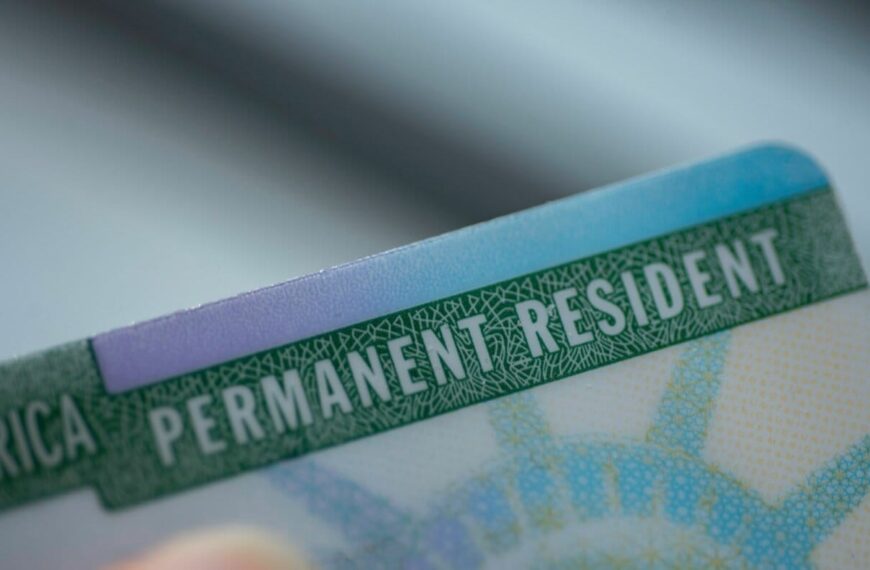Understanding the Recent Increase in IRCC Backlog
The Immigration, Refugees and Citizenship Canada (IRCC) has recently reported an increase in the backlog of immigration applications for the first time in several months. This unexpected rise is raising concerns among applicants and immigration experts alike. Understanding the implications of this increase is crucial for those navigating the immigration landscape.
Current State of the IRCC Backlog
As of the latest updates, the IRCC backlog stands at over 2.5 million applications. This number represents a significant jump compared to previous months when the backlog had been steadily declining, showcasing a complex and evolving immigration system.
Key Factors Contributing to the Increase:
The IRCC backlog is primarily composed of applications for permanent residency, temporary residency, and citizenship, which means that a wide array of applicants will be affected by this increase.
Implications for Applicants
For many individuals and families, the backlog can lead to significant delays in their immigration processes. These delays can have various implications, such as:
Uncertainty for Future Plans: Many individuals rely on timely immigration processing for employment, education, and family reunification. Delays can disrupt these plans and create uncertainty in their lives.
Increased Anxiety and Frustration: The longer applicants wait for their applications to be processed, the more anxiety and frustration can build up. This emotional toll can be daunting, especially for families awaiting reunion.
Potential Policy Changes: As the backlog grows, there may be calls for changes in immigration policy to address the situation. This could include new programs or adjustments to existing ones, impacting applicants differently depending on their circumstances.
What Can Applicants Do?
Navigating the complexities of immigration can be challenging, especially with the IRCC backlog affecting timelines. Here are some steps that applicants can take:
Stay Informed: Keep up-to-date with the latest news regarding immigration policies and changes. Following reliable sources for immigration news, such as updates from the IRCC, can help applicants stay ahead.
Utilize Available Resources: Leverage resources such as the USCIS office locator or professional immigration services. These resources can provide guidance and assistance in managing applications effectively.
Be Prepared for Delays: Understand that processing times may increase, and prepare accordingly. Having contingency plans in place can alleviate some stress associated with potential delays.
Looking Ahead
The increase in the IRCC backlog serves as a reminder of the challenges facing the immigration system. With ongoing global dynamics, applicants must remain adaptable and informed.
As discussions around immigration reform and policies continue, it is essential for applicants to advocate for their needs while staying engaged with community resources. The path to successful immigration can be long and complicated, but by staying informed and prepared, individuals can navigate the system more effectively.
In summary, while the IRCC backlog poses challenges, being proactive and informed can help applicants manage their immigration journey more effectively. The landscape of immigration is ever-evolving, and staying connected to reliable sources is key to understanding one’s options and rights.










